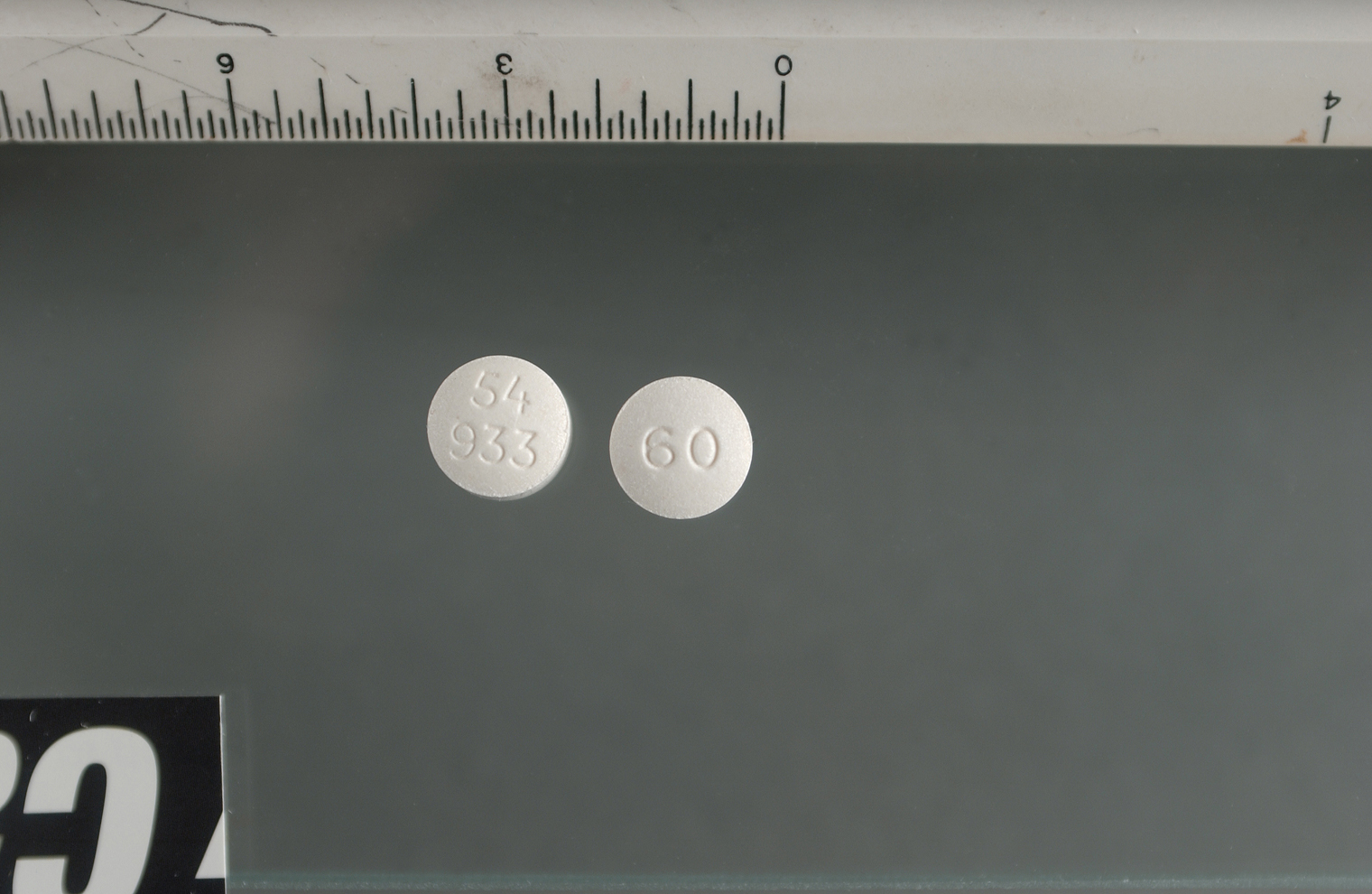Morphine is a non-synthetic narcotic with a high potential for abuse and is the principal constituent of opium. It is one of the most effective drugs known for the relief of severe pain.
pain.
What are the street names?
Dreamer, Emsel, First Line, God's Drug, Hows, M.S., Mister Blue, Morf, Morpho, Unkie
What does this drug look like?
Morphine is marketed under generic and brand name products, including: MS-Contin®, oramorph SR®, MSiR®, Roxanol®, Kadian®, and RMS®.
How is this drug abused?
Traditionally, morphine was almost exclusively used by injection, but the variety of pharmaceutical forms that it is marketed as today support its use by oral and other routes of administration. Forms include: oral solutions, immediate-and sustained-release tablets and capsules, suppositories, and injectable preparations. Those dependent on morphine prefer injection because the drug enters the blood stream more quickly.
How does this drug affect the mind?
Morphine's effects include euphoria and relief of pain. Chronic use of morphine results in tolerance and physical and psychological dependence.
How does this drug affect the body?
Morphine use results in relief from physical pain, decrease in hunger, and inhibition of the cough reflex.
What drugs cause similar effects?
Drugs causing similar effects as morphine include: opium, codeine, heroin, methadone, hydrocodone, fentanyl, and oxycodone.
What are the overdose effects?
Overdose effects include: cold, clammy skin, lowered blood pressure, sleepiness, slowed breathing, slow pulse rate, coma, and possible death.
What is the legal status in the United States?
Morphine is a Schedule II narcotic under the Controlled Substances Act.
What are the common places of origin?
In the United States, a small percentage of the morphine obtained from opium is used directly for pharmaceutical products. The remaining morphine is processed into codeine and other derivatives.